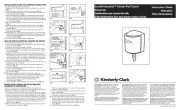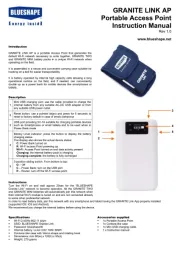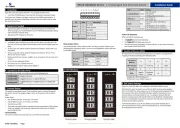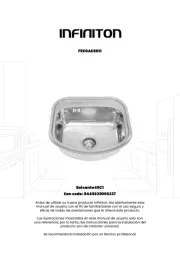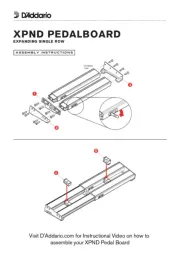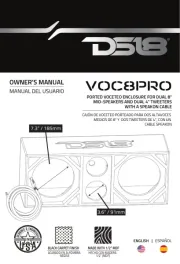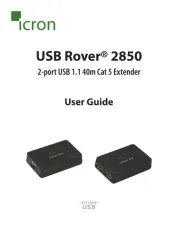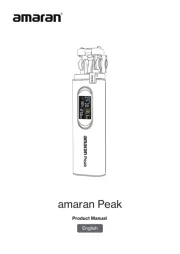Deye SUN-80K-SG02HP3-EU-EM6 Manual
Læs gratis den danske manual til Deye SUN-80K-SG02HP3-EU-EM6 (61 sider) i kategorien Ikke kategoriseret. Denne vejledning er vurderet som hjælpsom af 18 personer og har en gennemsnitlig bedømmelse på 4.6 stjerner ud af 9.5 anmeldelser.
Har du et spørgsmål om Deye SUN-80K-SG02HP3-EU-EM6, eller vil du spørge andre brugere om produktet?

Produkt Specifikationer
| Mærke: | Deye |
| Kategori: | Ikke kategoriseret |
| Model: | SUN-80K-SG02HP3-EU-EM6 |
Har du brug for hjælp?
Hvis du har brug for hjælp til Deye SUN-80K-SG02HP3-EU-EM6 stil et spørgsmål nedenfor, og andre brugere vil svare dig
Ikke kategoriseret Deye Manualer
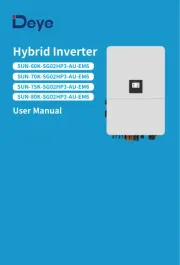
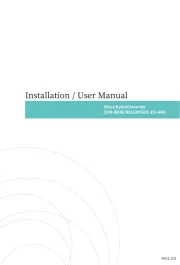

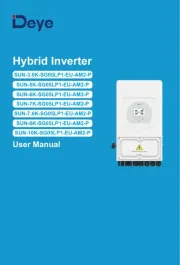
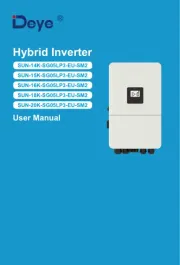
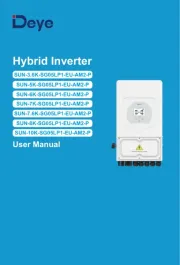
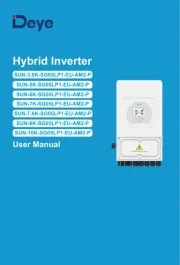
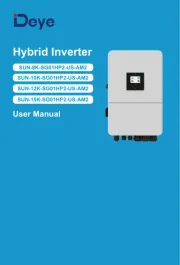
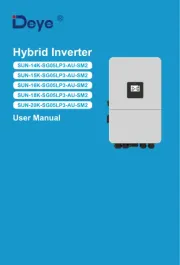
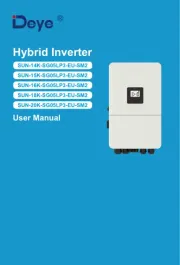
Ikke kategoriseret Manualer
- FED
- NVEESHOX
- Parasound
- Protector
- Crystal Quest
- Master Lock
- Genki Instruments
- Murideo
- VAIS
- DoughXpress
- Nord
- Quasar Science
- LC-Power
- Lantronix
- Sonnet
Nyeste Ikke kategoriseret Manualer
